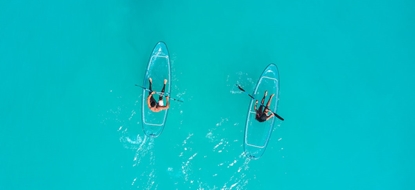Luxury Diving Holidays in Mexico
 Scroll to content
Scroll to content
Overview
When it comes to variety, diving holidays in Mexico are some of the most impressive on the planet. The best dive sites in the country are split across two regions: cenote (sinkhole) and wall diving in the Yucatan Peninsula and world-class big fish diving on the pacific side. Here, scuba diving can be enjoyed in the Sea of Cortez and for more advanced liveaboard diving, the Revillagigedo archipelago, more commonly known as Socorro. Highlights across these sites include otherworldly diving in the cenotes, pristine coral walls in Cozumel, diving with sea lions in the Sea of Cortez, snorkelling with whale sharks in either the Yucatan or Sea of Cortez and the giant pacific mantas of Socorro. Whether a beginner diver or pro, solo traveller, couple or family, there is something for everyone and at Reefscape, we know the best dive operations to make sure you have the perfect escape to the reef.
Contact an expert to start planning your next diving holiday







